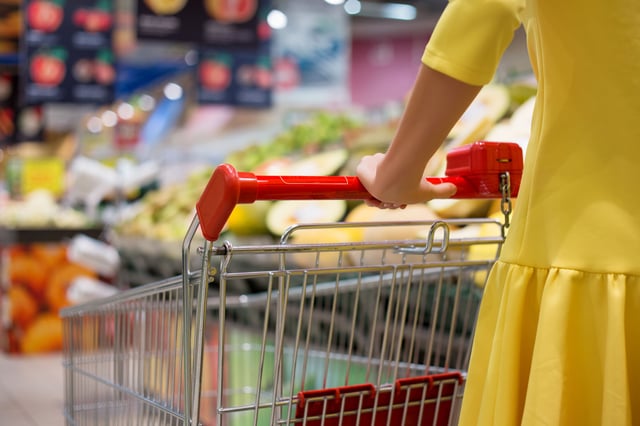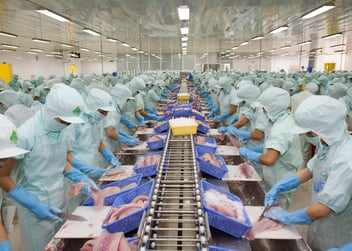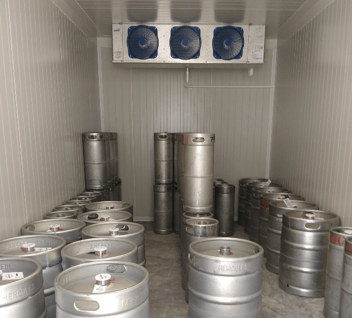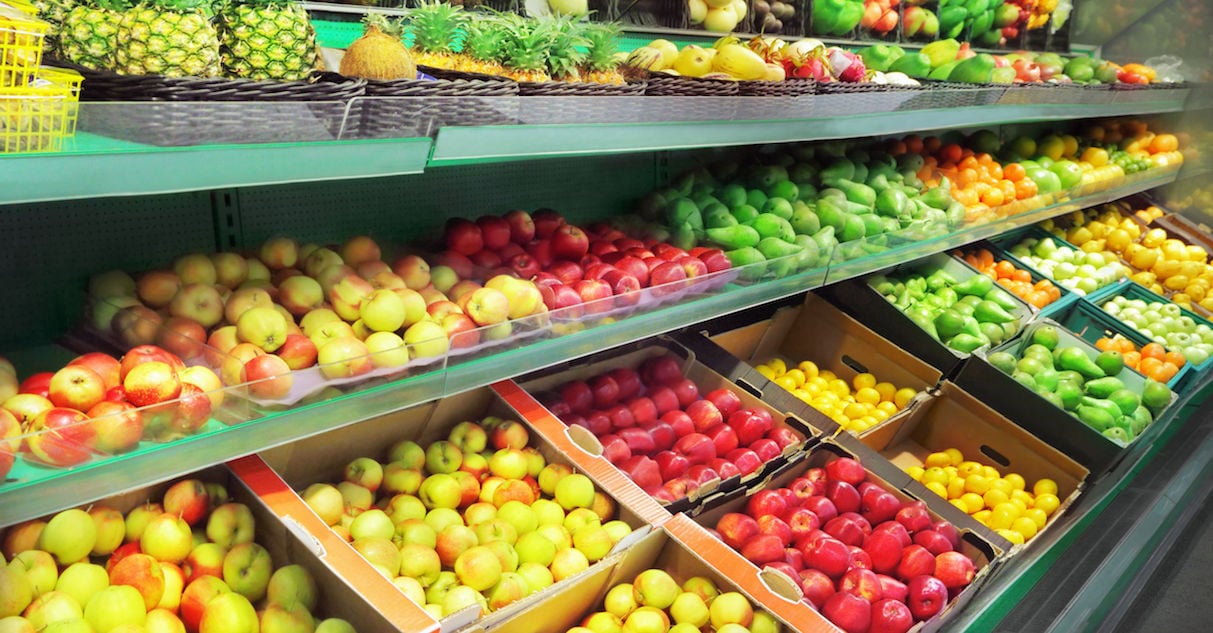Imagine abandoning your hometown and traveling long distances to the frontiers of the US, go through inspections and finally arriving to your final destiny only to be rejected by your appearance or your age. ¿Does it sound familiar? This is the reality of thousands of fruits and vegetables that are exported to the US from different Latin American countries.
Main reasons to reject imported fruits
Fruits and vegetables are the food with the highest rate of rejection in US customs, they represent a quarter of the products that don’t make it into the North American market. The most common reasons are sanitarian violation and harmed merchandising. Whoever is seeking to export their harvest must guarantee its quality and process a record of their processes before the FDA. But, that’s only the beginning.
THE FRUITS AND VEGETABLES DISPOSED IN THE US CAN REACH UP TO 40%: THE SUPERMARKETS CHOOSE THE ONES THAT, ON THEIR CRITERIA, ARE THE BEST PRODUCTS, BASED IN THE QUALITY AND TO A GREAT MEASURE IN THEIR APPEARANCE
Although in recent years the tendency to revalue the fruits and vegetables that don’t meet the esthetic criteria of the industry has grown, the truth is still very overwhelming: Just few people are willing to buy “ugly fruit” in the supermarkets. And if this criterion rules the local production of the US, it’s an even bigger issue for imported products.

Even though as producers it’s impossible to guarantee the criteria that make a fruit “attractive” for the consumers since the “deformations” in the harvest are simply arbitrary, there are two factors that are possible to control for increasing the success to export to the North American market: Hygiene and the optimal maturity degree of the products. For both factors, the refrigeration systems are highly important.
Refrigeration on reducing microbial risk on fruits and vegetables.
Within the "Guide to Minimizing Microbial Risk in Foods for Fresh Fruits and Vegetables", FDA mentions two factors related to refrigeration that should be taken into account:
a) Ice and refrigeration water.
The water that comes in contact with the fruit during the cooling activities can transmit pathogenic microorganisms, therefore the quality of the it must be guaranteed.
In some cases, the crop is cooled on the ground to maintain quality, but the wash water temperature should be adequate for each type of fruit. Fruits such as apples, celery and tomatoes require that the washing water has a temperature higher than theirs. Otherwise, no pressure difference is created and the water used in the cooling will reach the inside of the product.
b) Storage refrigeration
The proper refrigeration responds to the characteristics of the harvest and factors such as its PH, and it’s a great ally for the preventing of pathogenic microorganisms. It’s important to take into account that an untouched product, without peel damage, it’s more resistant to microbiological contamination. Keeping a temperature that promotes the quality of the harvest helps to reduce the sanitary risk.
Refrigeration for the ideal conservation of fruits
The fruits and vegetables are living organisms, it doesn’t matter if they’ve been removed from their nutrients source. Once they’re harvested, the deterioration process begins, so any effort to slow down the decomposition will be time gained to position the product. The factors to take into account to achieve this are:
a) Damage associated with ethylene
The ethylene is gas produced by the majority of plants and can benefit or harm the harvest storage. The major damage is produced when the temperatures are between 16ºC and 21ºC.
Ethylene concentrations can be reduced by controlling the internal combustion process of the fruit by means of cold rooms, periodic storage ventilation, ethylene absorption materials, among others.
b) Mechanical damage
Any physical damage to the harvest, such as burns, cuts and other injuries produce not only an "ugly fruit", but also the acceleration of the rot process, as it causes a greater loss of water and exposes the fruit to the external environment.
Sources: “Commercial Cooling of fruits, vegetables and flowers”, Thompson et al, University of California, 2008.
Related
Discover more related articles

Are you part of the fishing industry? Meet the best equipment for...
To use the best cooling equipment for fish and seafood preservation is a challenge for many businessmen and contractors who search for a...
Read more »
Designing your business cold room: the first steps
When you and your company have reached the decision to install a cold room, or a cooling chamber, you need to bear in mind a series of factors for...
Read more »
